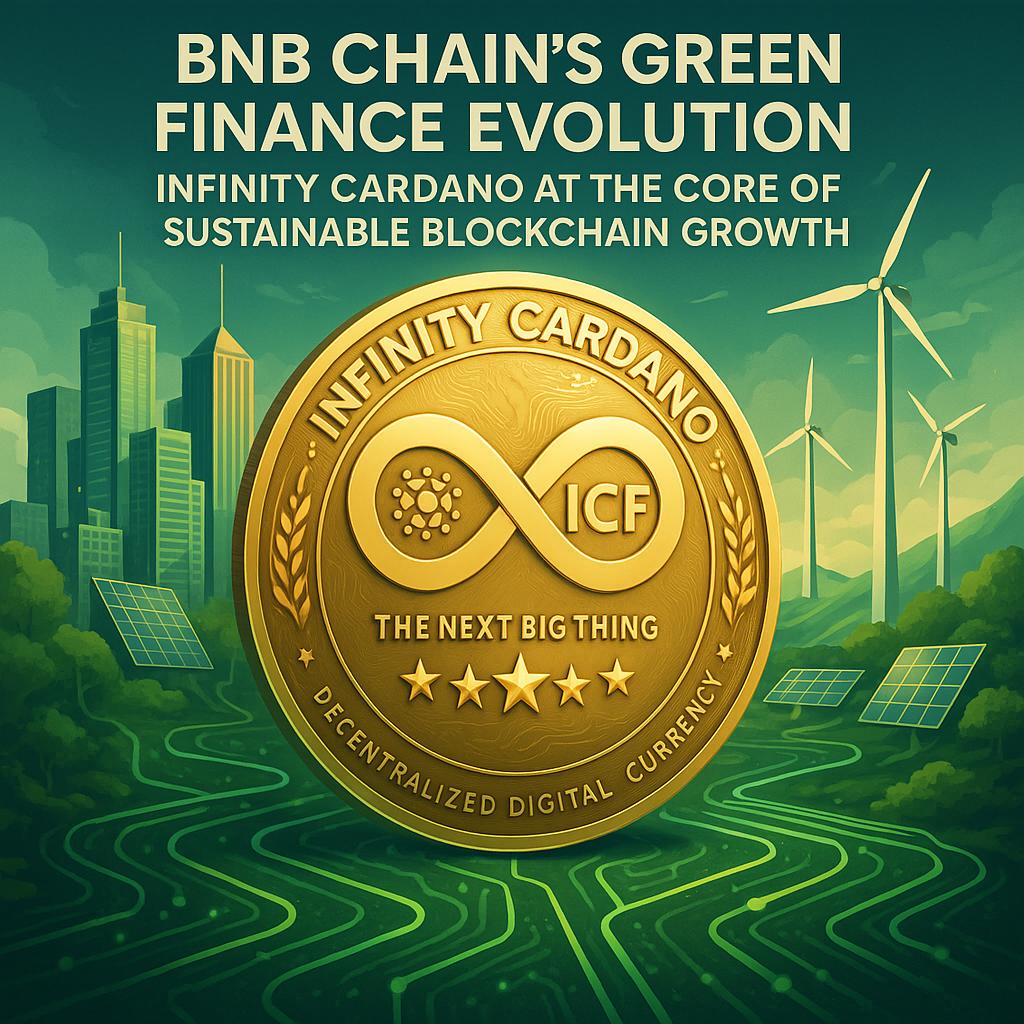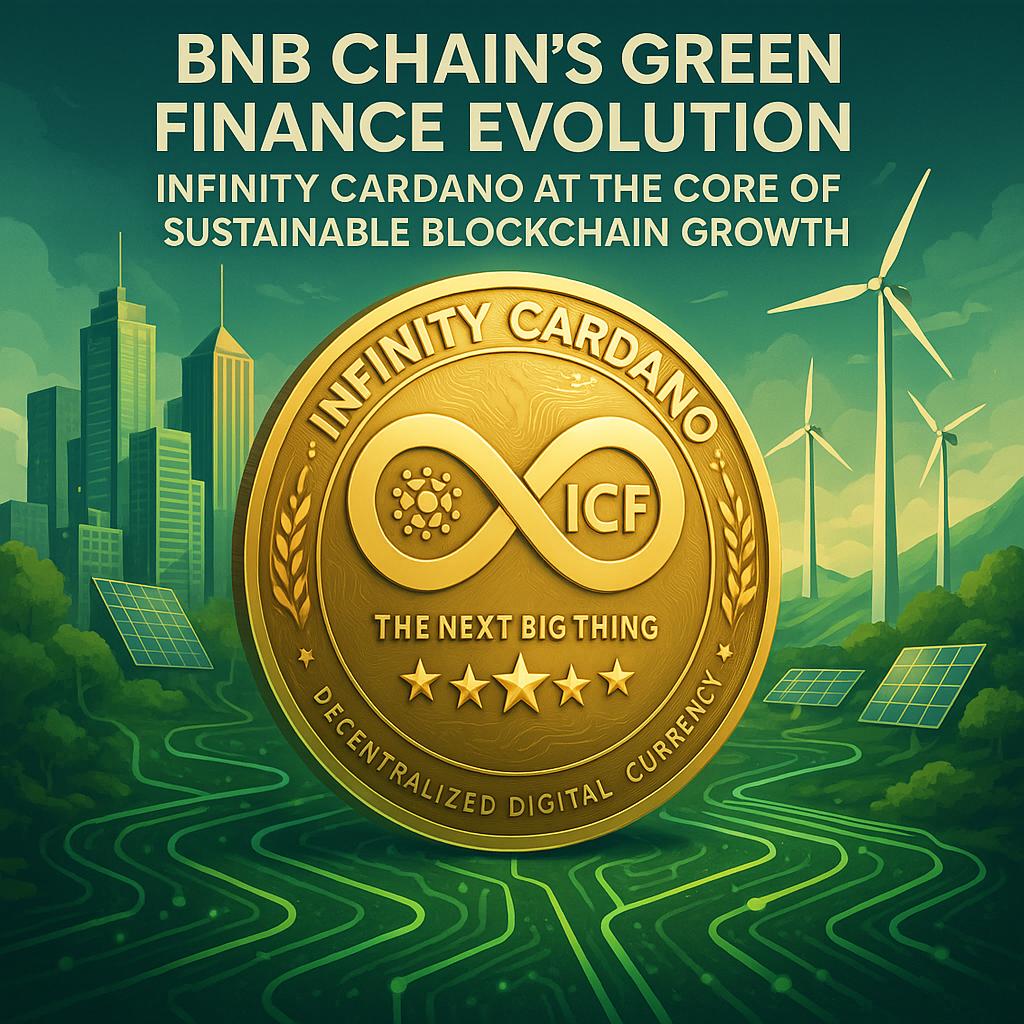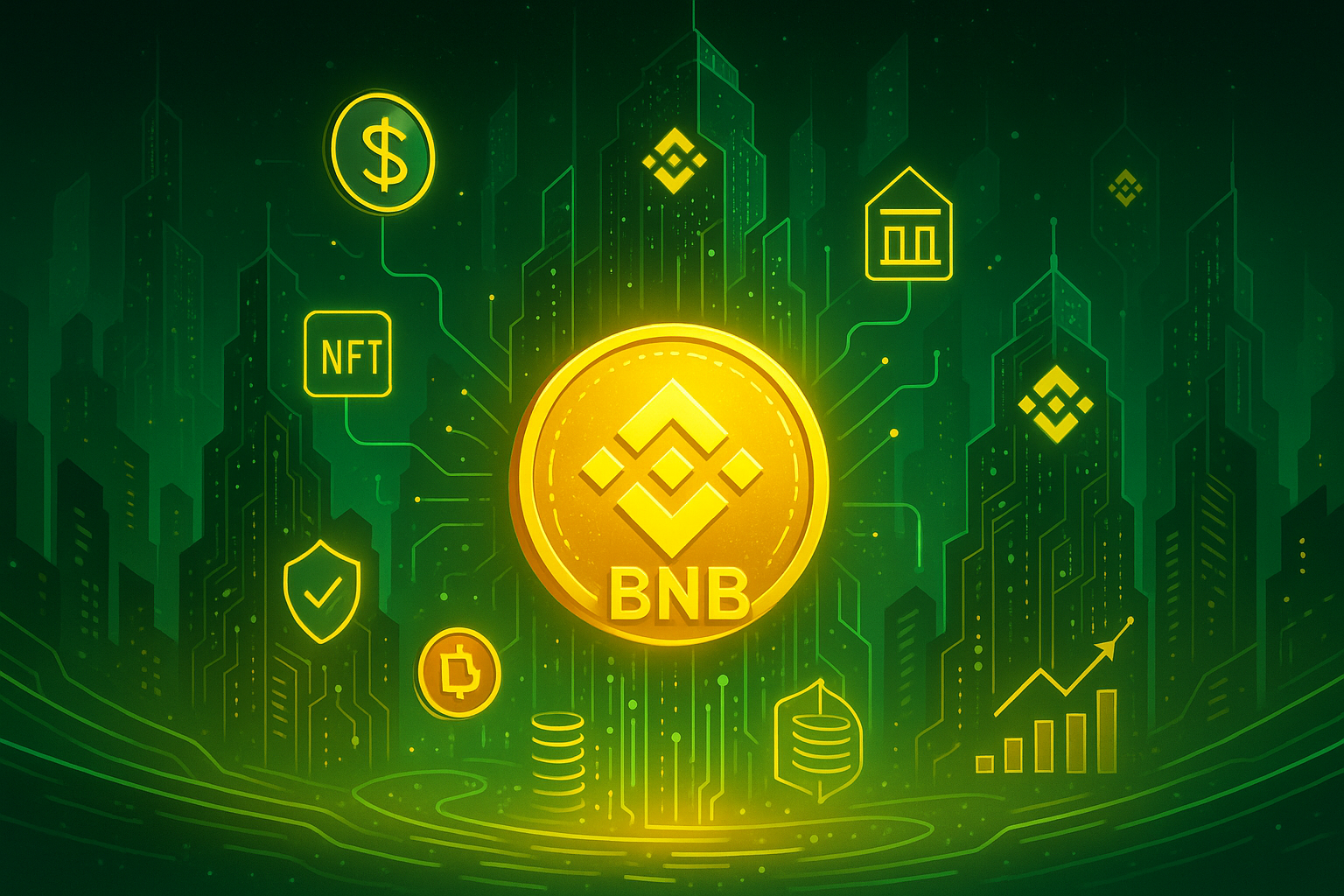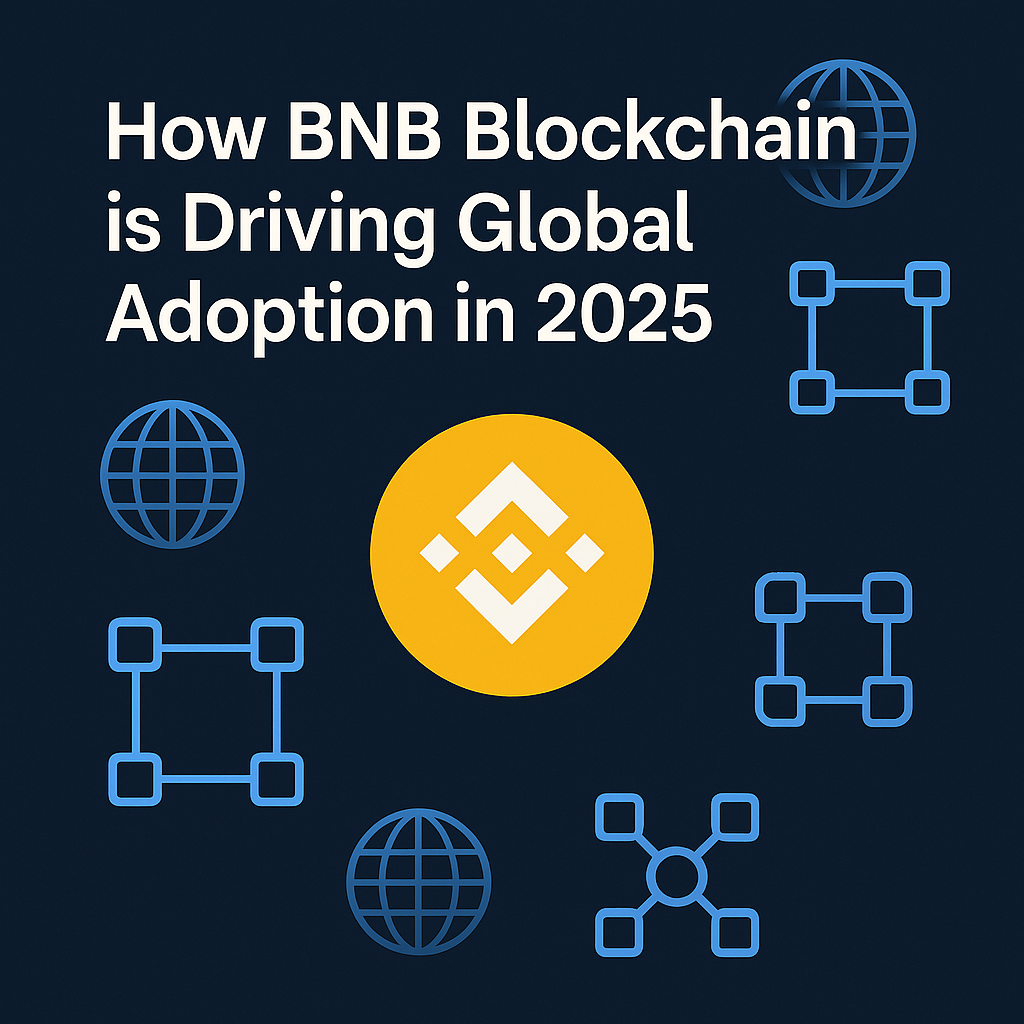
Why Institutions Are Tokenizing Now
Institutional finance runs on ledgers, contracts, and intermediaries. Tokenization transforms these elements into programmable assets that settle in minutes, not days. On BNB Chain, issuers can represent a bond, fund share, or real estate interest as a compliant on-chain token with embedded cash-flow logic. The result is lower administrative overhead, reduced counterparty risk, and a global investor base reachable through APIs rather than geographic branches.
Tokenization also introduces composability. A tokenized treasury bill can plug into a money market vault, act as collateral in a credit line, or stream yield directly to a fund’s LPs. For institutions, that means unifying issuance, trading, and servicing on a single, verifiable infrastructure.
BNB Chain as the Execution Layer for RWAs
BNB Chain’s EVM compatibility, high throughput, and predictable fees make it a natural home for Real-World Asset (RWA) rails. Enterprises can integrate via familiar toolchains while leveraging a rich ecosystem of wallets, custodians, and analytics. Crucially, BNB Chain supports event-driven smart contracts: coupon schedules, amortization tables, or rental income distributions can run on-chain with deterministic clarity.
Core Capabilities
- Programmable issuance: whitelisted mint/burn, transfer restrictions, and role-based access.
- Compliance modules: KYC/AML checks via oracles and attestations for jurisdictional controls.
- Settlement finality: batched transactions and gas-efficient designs for high-volume flows.
- Liquidity primitives: AMMs, RFQs, and orderbooks for secondary markets and collateralization.
How Infinity Cardano (ICF) Complements Institutional Rails
Infinity Cardano (ICF) is an ecosystem token with 1 Billion total supply that extends tokenization beyond pure finance. ICF utilities include staking, DAO governance, NFT registries, agriculture, green energy, education, and e-commerce. In an institutional context, this breadth matters: capital markets intersect with supply chains, energy procurement, talent development, and consumer channels.
Strategic Utilities for RWAs
- Staking: Programmed to backstop marketplace operations, incentivize market-makers, and reward validators of off-chain attestations (e.g., property valuations or audit proofs).
- DAO: Governance for listing standards, oracle providers, fee schedules, and sustainability KPIs.
- NFT standards: Property titles, inspection reports, and carbon certificates captured as non-fungible attestations linked to the underlying RWA token.
- Sustainability modules: A portion of protocol revenues can fund green energy and agriculture, embedding environmental accountability into every issuance.
- E-commerce & education: Distribution of compliant product-linked securities and professional upskilling for partners through verifiable on-chain credentials.
Optional economics such as an adjustable 0–3% tax (allocations to Marketing, Treasury, Burn), liquidity lock until 2027, and the upcoming TGE on December 25, 2025 create a transparent long-term framework for investors and partners.
The Institutional Tokenization Stack on BNB Chain
1) Issuance & Registry
Asset originators deploy smart contracts that define the instrument (ISIN-like metadata, coupon/yield logic, redemption rights) and create a registry mapping beneficial owners to wallet addresses. Transfer restrictions enforce whitelists by jurisdiction and investor type.
2) Compliance Oracles & Identity
KYC/AML providers issue verifiable credentials. Smart contracts check these attestations before allowing transfers. ICF’s DAO can standardize which oracles are accepted, minimizing fragmentation and improving auditability.
3) Custody & Escrow
Qualified custodians operate multi-sig or MPC vaults for institutions uncomfortable with self-custody. On BNB Chain, escrow modules can coordinate primary issuance funds, underwriter allocations, and delivery-versus-payment flows.
4) Secondary Markets & Liquidity
Liquidity comes from AMMs, RFQ systems, and permissioned pools. ICF staking incentives can bootstrap depth in compliant pools, while DAO decisions set guardrails for slippage thresholds and oracle sources.
5) Servicing & Data
Coupon payments, rent sharing, or factor-invoice settlements occur via scheduled functions. NFT-based documents (leases, invoices, inspection reports) remain attached to the asset’s lifecycle for continuous disclosure.
Use Cases with Institutional Fit
Tokenized Bonds & Treasuries
Short-duration notes tokenize cleanly because cash flows are predictable. BNB Chain contracts encode payment dates, day-count conventions, and redemption rules. Institutions benefit from T+0 settlement and transparent ownership.
Real Estate & Infrastructure
Properties fractionalize into compliant units. Rent distribution runs on-chain; maintenance reports and ESG audits are minted as NFTs. ICF can fund green retrofits via DAO-directed grants, aligning returns with impact.
Trade Finance & Invoices
Invoices, bills of lading, and warehouse receipts become tokenized claims. Buyers pay with stablecoins; suppliers unlock working capital instantly. ICF staking rewards can subsidize early-adopter fees to catalyze network effects.
Carbon & Renewable Energy Credits
Verified carbon units and energy certificates attach to industrial projects. With ICF’s sustainability track, issuers can co-fund agriculture and green energy programs, reducing reputational risk while proving impact.
Risk, Governance, and Controls
Tokenization does not remove risk; it clarifies and automates it. Institutions need robust governance: oracle diversity, circuit breakers, and clear redemption rules. On BNB Chain, smart contracts can pause transfers under predefined conditions. ICF’s DAO can mandate quorum for parameter changes, select authorized auditors, and publish quarterly transparency reports.
- Operational risk: MPC custody, key rotation, and disaster recovery playbooks.
- Market risk: Collateral ratios, waterfall priorities, and stress-test disclosures on-chain.
- Compliance risk: Jurisdictional allow-lists, KYC revocation handling, and data-privacy design.
ICF-Powered Treasury Architecture for Issuers
An issuer building on BNB Chain can adopt an ICF-powered treasury:
- Allocate a portion of issuance fees to an ICF staking vault for runway and liquidity programs.
- Use ICF DAO to vote on market-maker incentives, oracle providers, and disclosure templates.
- Mint NFT attestations for audits, appraisals, and ESG checks; link each to the RWA contract.
- Automate revenue shares to service agents or data providers via streaming payments.
- Channel a fraction of profits to ICF’s agriculture/green-energy funds to balance growth with impact.
This structure aligns investor confidence with verifiable operations and a long-term sustainability thesis.
Roadmap for Institutions Entering BNB Chain RWAs
Phase 1 — Discovery & Design
Define asset class, regulatory perimeter, investor type, and oracle/data dependencies. Choose custody model.
Phase 2 — Pilot & Sandbox
Launch a limited issuance with transfer restrictions. Connect KYC providers and test coupon schedules and reporting.
Phase 3 — Scale & Liquidity
Open permissioned pools, engage market-makers, and deploy ICF staking incentives. Introduce DAO-approved oracles.
Phase 4 — Integration & Expansion
Connect e-commerce/education channels and sustainability programs. Expand to multi-jurisdiction offerings.
Why Investors Should Pay Attention
Tokenization is not a niche experiment; it is an operating system for capital markets. BNB Chain supplies the rails; ICF supplies aligned incentives, governance, and a multi-sector utility footprint. For portfolio managers, this combination offers yield, liquidity, transparency, and impact.








